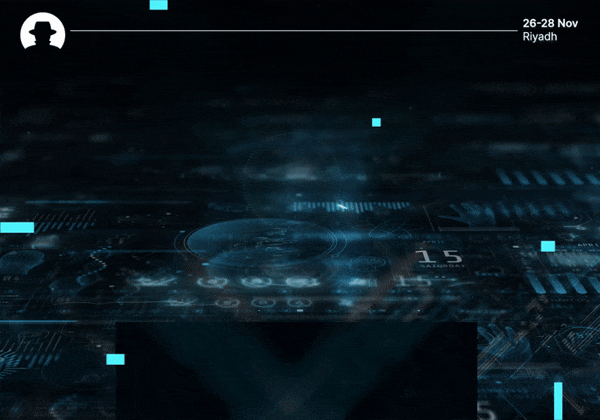
Where CFOs plan to spend – and what it means for cyber
New data shows where CFOs are putting their money – and how CISOs can position cybersecurity amid AI hype and tech transformation pressures.
Read More
Welcome to the new 630 cyber warriors who joined us last week. Each week, we'll be sharing insights from the Black Hat MEA community. Read exclusive interviews with industry experts and key findings from the #BHMEA stages.
Keep up with our weekly newsletters on LinkedIn — subscribe here.
On the BHMEA blog, we’ve been talking about cybersecurity training programs – and specifically, how to make them more engaging for employees, and drive better learning outcomes.
We’re continuing that theme in today’s newsletter, with a closer look at the value of personalised content for cybersecurity education. Why is it worth investing in diversified content that can suit the learning needs of different employees?
A growing body of research shows that personalised learning systems can drive up to 50% higher retention of knowledge among employees, compared to traditional methods.
The core reason for this is that personalised learning content increases interest. Think of it like this – do you prefer watching TV shows that include characters you have something in common with, or shows with characters you have nothing in common with? And when you watch shows with a diverse cast of characters, which of them stick in your memory?
We’re hard-wired to look for elements we can relate to in any experience. So personalised content makes you feel, on an emotional level, like this course is for you – and that means you’re more likely to remember it.
Not everyone learns in the same way. But beyond that, not every individual learns in the same way every day – our capacity for understanding, engaging with and retaining information varies depending on our personal state.
AI-powered adaptive learning platforms can analyse learning styles and progress and deliver adaptations in real-time, depending on factors such as the speed at which the learner is working through a task; their level of engagement; and the frequency with which they’re making mistakes.
This means that cybersecurity content can meet the learner where they’re at in any given moment, and give them just enough of a challenge to keep them engaged – without overwhelming them with information they’re not in the right frame of mind to absorb.
Different employees have different gaps in their cybersecurity knowledge. And delivering learning content that fills those gaps is a far more effective training strategy than requiring all employees to go over all information – even when it’s stuff they already know.
Personalised content can do just that. Using AI models, learning platforms can identify gaps in knowledge and deliver modules to address them, without demanding the individual completes a course that covers information they already know in depth.
Relevant, real-time feedback can help learners feel like they’re getting somewhere. Personalised learning systems can provide motivating praise and constructive feedback to help employees work on their own knowledge gaps, and remind them why the effort they put into cybersecurity training is worth it.
Personalised learning helps to cultivate a problem-solving approach among students and employees.
And apart from short-term improvements in learning outcomes, personalised learning also has a valuable, less measurable function within an organisation. It creates a sense of belonging among diverse employees; making them feel more understood, more valued and more included.
We want your perspective. Do you think personalised cybersecurity training will be essential across organisations in the future? What are the benefits – and what are the drawbacks?
Open this newsletter on LinkedIn and tell us what you think in the comment section.
Do you have an idea for a topic you'd like us to cover? We're eager to hear it! Drop us a message and share your thoughts. Our next newsletter is scheduled for 11 December 2024.
Catch you next week,
Steve Durning
Exhibition Director
Join us at Black Hat MEA 2025 to grow your network, expand your knowledge, and build your business.
Join the newsletter to receive the latest updates in your inbox.

New data shows where CFOs are putting their money – and how CISOs can position cybersecurity amid AI hype and tech transformation pressures.
Read More
In Dune, power flows to the one who can destroy a thing. In cybersecurity, attackers now hold similar leverage over identity and systems.
Read More
A contrarian take on AI in 2026: why security teams may actually need AI to become dull, predictable, and standardised – and how that shift could reduce risk.
Read More